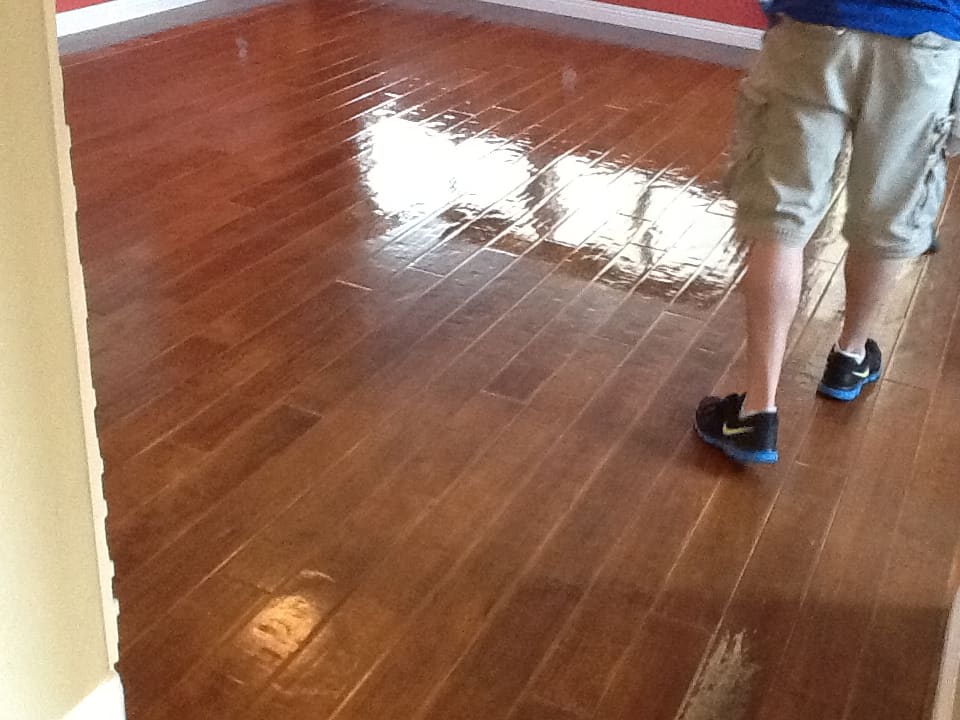Determining The Finish On Wood Floors
Understanding the type of finish your wood floor has is crucial before trying to clean or restore it. If you skip this step, your effort might be for naught. The purpose of this article is to aid in recognizing the finish used on wood floors to ensure proper cleaning techniques are applied. Several floors use a polyurethane finish. Certain finishes, however, are stronger than polyurethane, hence restorative products may not adhere well. On the other hand, some finishes might not be as durable and may require special attention.
The easiest way to test a floor finish is to run your hand along the surface of the floor. If you can feel the graininess and texture of the wood, the floor probably has a coating of penetrating oil and — perhaps — wax. Test for wax by rubbing an out-of-the-way floorboard with the edge of a coin and looking for telltale wax buildup on the coin. Rubbing the spot with a rag moistened with minerals spirits and looking for discoloration on the rag is another way to test for wax. If the floor has a wax finish, you’ll have to strip the wax before you can restore the finish.
Floors in older houses that have not been remodeled since the mid-1960’s may be finished with shellac or varnish rather than polyurethane.
Here’s how to tell:
1. Scratch the surface of the floor in an inconspicuous place with a dime. If the finish flakes, it’s probably shellac or varnish.
2. Sprinkle a few drops of water on the floor in an inconspicuous place. Wait ten minutes. If white spots appear, there is wax on the floor. (You can remove the spots by buffing with some fresh paste wax.)
3. If the finish neither flakes nor spots, the floor is coated with polyurethane.

Picture of a wood floor with a finish that was just cleaned
.png)